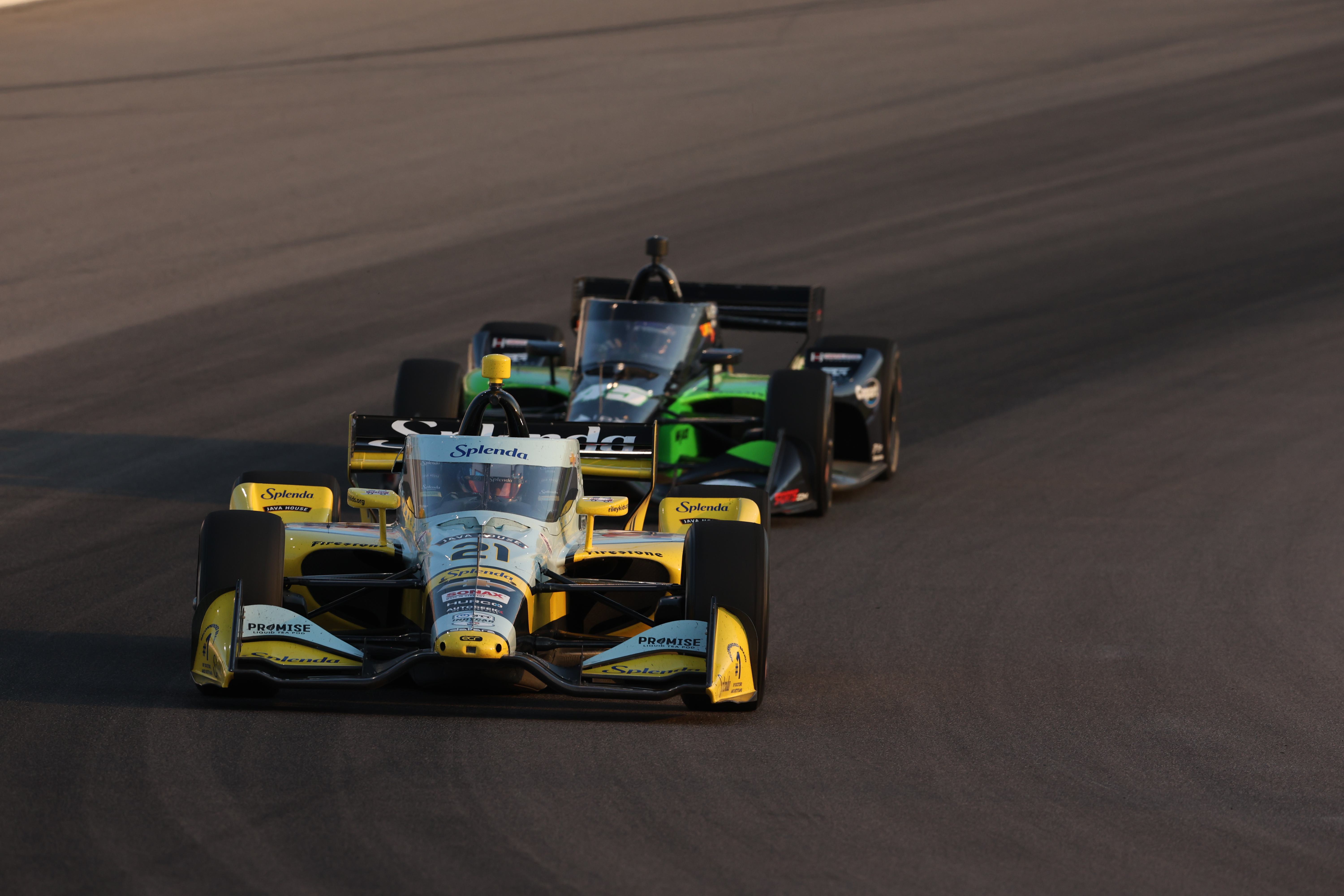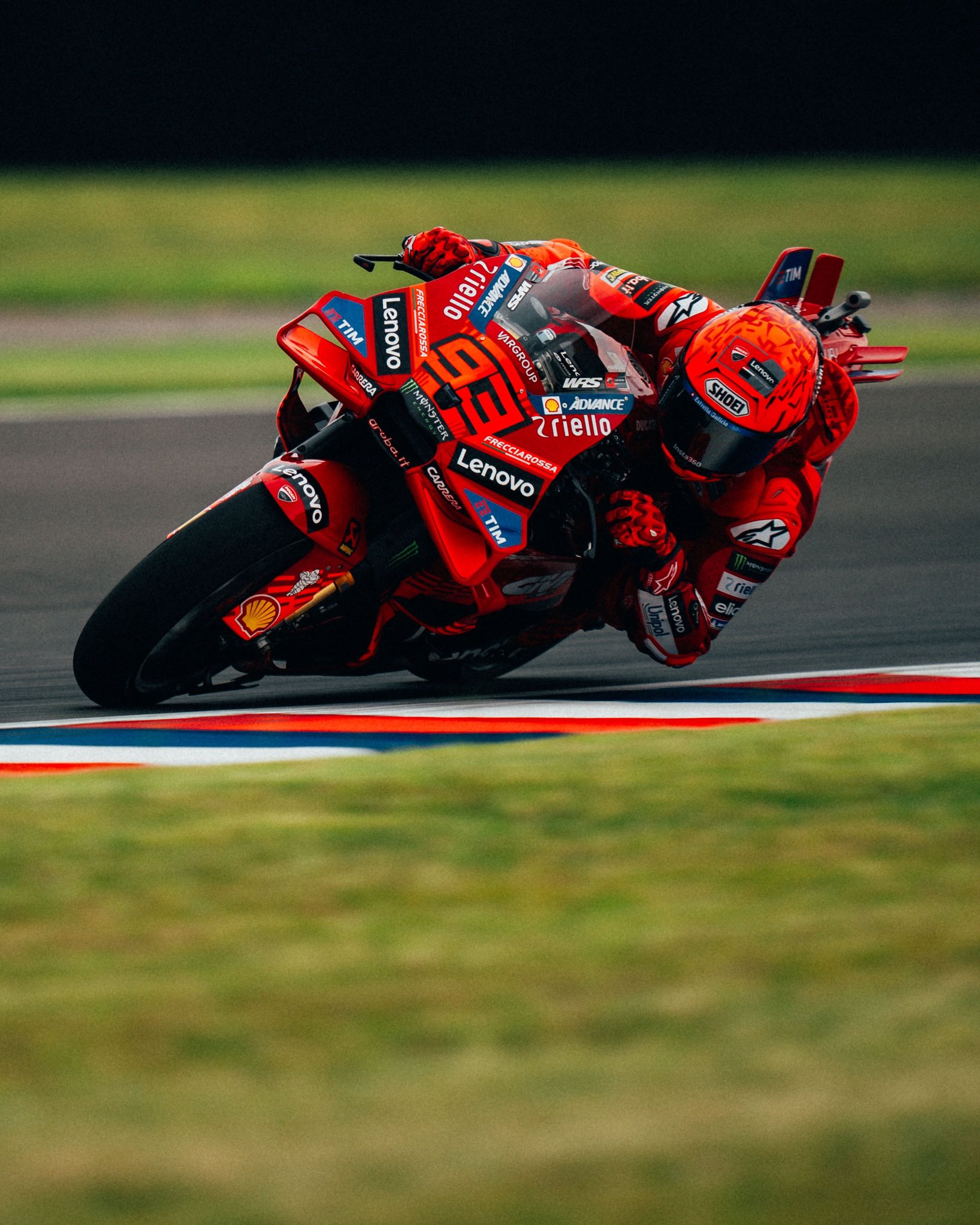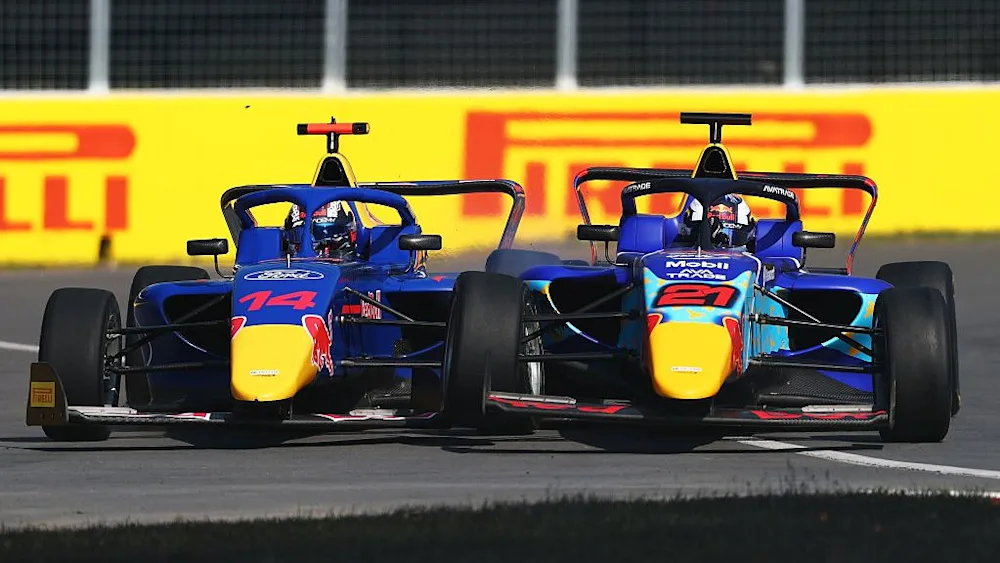IndyCar Laguna Seca Friday Stories: Penske pace, Herta’s home and a Corkscrew masterclass
- Archie O’Reilly

- Jun 22, 2024
- 7 min read
Updated: Jan 6
Written by Archie O’Reilly
Team Penske’s Scott McLaughlin paced the opening practice session of the IndyCar Grand Prix of Monterey weekend at the iconic Laguna Seca with a 1 minute 7.6325 second fastest lap.
“Pretty good day,” McLaughlin said. “The car was pretty hooked up from the get-go. The track’s getting faster and faster and I think it’s sort of coming to our car a little bit. More to come.”
Two-time Laguna Seca winner, Andretti Global’s Colton Herta, was less than one-tenth of a second back from McLaughlin, followed by fellow Monterey victor Alex Palou for Chip Ganassi Racing. McLaughlin’s Penske teammate Josef Newgarden was fourth.
“The car felt pretty good,” Newgarden said. “Always happy to start out with a good feeling - I thought we had that right away, as evidenced by Scott… The good thing we learned was that our car was in a nice window right away. That’s always a great thing to find out when you roll off. We didn’t make a tonne of adjustments.”
Possibly the headline performance of the day came from Rahal Letterman Lanigan Racing (RLL)’s Pietro Fittipaldi, paying his first visit to Laguna Seca. The Brazilian driver of the No.30 Honda was fifth in the time sheets and within four-tenths of McLaughlin’s field-topping time.
Arrow McLaren had Pato O’Ward in sixth and Alexander Rossi eighth. Kyle Kirkwood was the second Andretti car in the top 10 in seventh, Marcus Armstrong the second Ganassi in ninth and Will Power rounding out the leading 10 in the third Penske machine.
The session was punctuated by two red flags for non-major incidents for the returning David Malukas with his new Meyer Shank Racing (MSR) team and for O’Ward. There were a number of other off-track excursions, saves and near misses as drivers attempted to tackle the technical and tricky Laguna Seca track in the second year of its fresh repave.
Here are some of the stories from IndyCar’s opening day of action in California, ranging from the track’s challenge to more new faces in new places, including 19-year-old Nolan Siegel at Arrow McLaren…
Herta’s Corkscrew masterclass
The Corkscrew is one of the most iconic corners in the world of motorsport. And fabled for its challenging nature - a blind entrance into a downhill left-right - a number of drivers were caught out across IndyCar’s opening running of the weekend.
Santino Ferrucci possibly had the most alarming Corkscrew moment in his No.14 AJ Foyt Racing Chevy as he spun at the top of the hill and rolled backwards down the descent. He was fortunate that no cars were attacking that section of the track behind and he was able to impressively spin his car back around and get on his way.
RLL’s Christian Lundgaard was another caught having a moment as he cut the Corkscrew, with Juncos Hollinger Racing’s Agustin Canapino and Siegel also producing saves to avoid any damage after moments in that section of the track.
Speaking in the post-session media availability, Herta gave DIVEBOMB a masterclass on how he approaches the Corkscrew.
“It’s difficult,” he said. “The hardest part about it is before the Corkscrew even happens, the braking. You’re braking from left to right, so you’re off-loading the side of the car, making it light. So it’s more susceptible to locking. You’re braking from left to right over a crest, which kind of entices to have rear locking.
“As soon as you turn in, you tend to have a lot of understeer until you kind of get into the camber of the corner. It really grips up and pulls the car around. Then you just kind of hope you’re set the right way.
“I know a lot of people talk about looking at the trees and stuff. I think that’s better for lower-category cars. But we’re just going too fast to have any sight line through there. It’s really about repetition and understanding where you need to place the car and how it needs to look to get through the Corkscrew.”
Dealing with the evolving repave
Laguna Seca was repaved ahead of IndyCar’s visit to conclude the season in 2023 - almost three months later than this year’s mid-campaign venture. And that repave has evolved somewhat into its second year 2024, leading to some variations in grip across the track.
“I think Turn 2 was like that - probably the worst corner for it,” Newgarden said. “It seems a bit patchy in Turn 2. You have some on-and-off grip through the corner that’s changing. In general around the track, it seems a little bit more particular for line and car placement than last year. I think you really have to be on the rubber. But it’s very fast still. It’s high grip.
“I feel like you’re tiptoeing a little bit more than last year. But the speed isn’t down very much - maybe half-a-second slower to what last year’s time was. A little bit more line precise and specific I’m finding this year.”
Herta concurred with Newgarden’s sentiment.
“I would say the grip maybe went down a little bit but it still seems to be there,” he said. “I think you might have a tiny bit more tyre deg but very minor changes. It seems like the repave has held up nicely over the year. That’s good to see that they did a really good job.”
The first of the session’s pair of red flags came after around 25 minutes as Malukas lost the rear of his car and spun as he lost grip on one of the slippier areas. The later stoppage came as O’Ward similarly lost the rear of his No.5 Chevy, seeing him settle in the Turn 5 gravel trap and emerge without any tyre barrier contact by a very fine margin.
Two other more major off-track moments came as both RLL’s Graham Rahal and MSR’s Felix Rosenqvist had high-speed issues that saw them have to perform rally-style saves. It was all a part of the punishing and ultimately appealing nature of Laguna Seca.
“This is a real racer’s track,” Newgarden said. “I think that’s part of the reason people that come out here, they enjoy the history of motorsport, they understand IndyCar racing really well. It’s a legendary track. We all enjoy being here. You’re finding a lot of fans… you move the date, they’re still going to show up.”
Herta ready for his home race
Herta has had a frustrating few races heading into his home round. The Californian driver started the season with a pair of podiums but has more recently endured a frustrating run.
He was forced into recovery drives for issues out of his control in the Grand Prix of Indianapolis and last time out at Road America. Between those two events, he suffered an Indianapolis 500 crash with one of the fastest cars in the field at his disposal, followed by an incident in Detroit after starting on pole.
“It’s frustrating, the last couple results,” Herta said. “But the pace has been terrific the last three weekends - really all year but specifically the last three weekends. We’re off to a good start with second here - still a lot of the weekend left to do.
“It’s promising going into this weekend. We’ve won here twice. We’ve had good race cars. We were looking at a podium last year until the gearbox broke. This is a place that we’ve done really good at in the past and I hope we can kind of continue that into the future.”
The hybrid era beckons
IndyCar’s visit to Laguna Seca marks its final event before the hybrid era commences. And there are mixed emotions as the weekend gets underway.
“It’s sad to see that the current formula is going but it’s exciting to see what we’re moving to,” Herta said. “It’s cool. This is all I’ve known in IndyCar since I’ve been a driver in it. The format hasn’t changed, nothing’s really changed.
“It is exciting to have a little bit of a change with the hybrid technology. It’s a new challenge for everybody. And definitely for the driver’s side, it seems more challenging.”
In many ways, Laguna Seca concludes ‘Part One’ of the season before the hybrid-powered second portion. Herta does not expect massive changes to the pecking order but there will be differences for drivers to get used to given they will be “a lot busier” in the cockpit.
“I think how the regen has an effect on the balance of the race car under braking, under lifting, will change. It will change throughout a stint. It’s going to be a little bit different. I don’t think you’ll see a massive shake-up. I think you will see maybe some teams taking a little bit longer getting the setup right. It might change some things slightly.”
Malukas back on track with MSR
Malukas, returning from the wrist injury sustained in February, was impressively competitive very early in his first road or street course session of the year. He tested on the Milwaukee Mile oval following the Road America weekend but Laguna Seca will be the biggest test yet of Malukas’ wrist, which has been put through its paces with lots of simulator work.
The weekend was always bound to be a challenge for Malukas, who has getting through unscathed as one of his main priorities. It is a test enough stepping into a new car - the No.66 MSR Honda - and having to get comfortable without having to contend with returning from a wrist surgery and having to build his physical fitness back up.
The team are having to set the car up for both performance and wrist comfort for Malukas as a full race distance beckons on Sunday. And from a performance standpoint, Malukas was 25th but only two places and little over one-tenth behind MSR teammate Felix Rosenqvist - currently inside the top 10 in the championship standings.
It is a good baseline as Malukas kicks off his IndyCar return.
Siegel working up to speed in papaya
Speaking on the broadcast, Siegel was keen to express that there are no results targets in mind for his first weekend in Arrow McLaren’s No.6 Chevy after signing a multi-year deal with the team. It is a long-term project and feelings of progression through the weekend will make a successful first event.
The American rookie, set to compete in only his third IndyCar championship event, was last on the time sheets, 2.3 seconds adrift of the lead pace. He was four-tenths behind the next-nearest driver, Dale Coyne Racing’s Luca Ghiotto, after logging only 17 laps due to a minor mechanical issue.
Siegel has speed to find but patience will be a virtue as he continues to make the almost sudden transition from Indy NXT to IndyCar.

















Comments